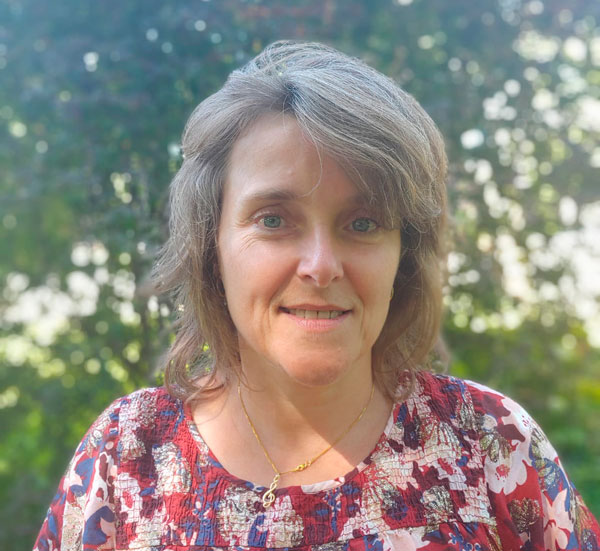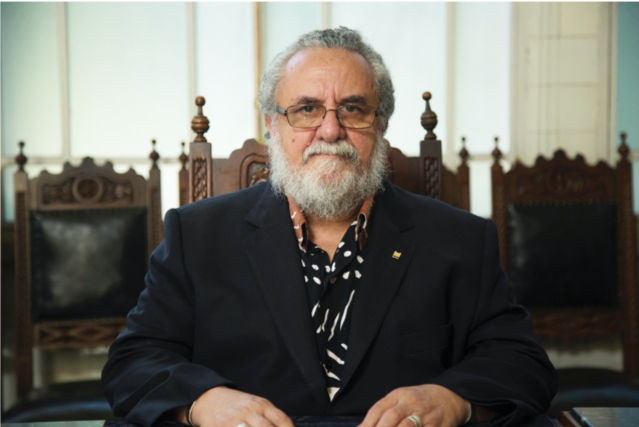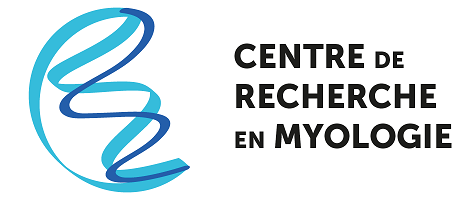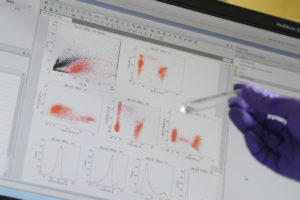Next events
No events are found.
Past events

Register by email.
Mechanical Tension Drives Cell-Cell Fusion
Elizabeth Chen
Professor of Molecular Biology and Cell Biology, Hamon Center for Regenerative Science and Medicine, University of Texas Southwestern Medical Center
You can find more information on Elizabeth Chen on his Biosketch.

Confirm your registration by email
Role of the circadian biological clock in muscle physiology
Hélène Duez
Univ. Lille, Inserm, CHU Lille, Institut Pasteur de Lille, U1011- EGID, F-59000 Lille, France
The biological clock has long been known to play crucial roles in several aspects of physiology, and clock disruption, as seen in shiftwork, frequent jetlag or extended light exposure and feeding period, increases the risk of developing a myriad of pathologies including metabolic and inflammatory disorders. Focusing on the clock component and drug targetable Rev-erbα nuclear receptor, our goal is to unravel the cellular and molecular mechanisms by which the clock impacts metabolism and inflammation in several patho-physiological contexts, particularly muscle diseases.
We reported that Rev-erb-α controls skeletal muscle mitochondrial biogenesis and oxidative function through enhanced Lkb1-Ampk-Sirt1-Pgc1α signaling. As a result, Rev-erbα deficiency led to decreased skeletal muscle mitochondrial content and aberrant morphology of the remaining mitochondrial network with increased autophagy, ultimately leading to compromised exercise capacity. Interestingly, pharmacological Rev-erb-α activation in skeletal muscle in vivo increases skeletal muscle mitochondrial respiration, energy expenditure and exercise capacity, identifying Rev-erb-α as a target to improve muscle function. In parallel, we studied muscle biopsies from healthy or obese/diabetic patients taken ‘around the clock’. Our results show that mitochondrial function oscillates throughout the 24h cycle in human myotubes, and that oscillations in clock genes are impaired when myotubes are isolated from diabetic patients. More recently, we showed that circadian misalignment in healthy young lean men compromises skeletal muscle insulin sensitivity, suggesting that impaired skeletal muscle clock function may contribute to the increased risk of type 2 diabetes observed in shiftworkers.
We also recently showed that Rev-erbα deficiency results in muscle mass loss and reduced fiber size. We found that administration of a Rev-erb agonist in the right time window is able to reverse dexamethasone-induced muscle atrophy, identifying Rev-erb-α as a promising target to limit muscle loss in patients with chronic inflammatory diseases treated with glucocorticoids. It remains to be determined whether Rev-erb-α activation is efficient at limiting muscle wasting in other contexts (eg. obesity/diabetes, cachexia, myopathy).
We are pursuing our research line by studying the role of Rev-erbα, and more generally of the clock, in sarcoplasmic reticulum homeostasis and calcium fluxes on one side, and in muscle regeneration after injury on the other. Our results point to a role of the clock in both muscle stem cells and infiltrating immune cells (ongoing).
Altogether these data identify the clock component Rev-erb-α as an interesting target for the treatment of muscle diseases.
CURRICULUM VITAE Hélène Duez
Hélène Duez : DR2 Inserm, Responsable de l’équipe 5 « Récepteurs nucléaires et rythmes circadiens en physio-pathologie » à l’Institut Pasteur de Lille.
Après une thèse à l’Institut Pasteur de Lille et un post-doctorat à Toronto où j’ai étudié, respectivement, le rôle des récepteurs nucléaires dans le métabolisme des lipides, puis les dérégulations du métabolisme lipidique chez le sujet diabétique, je me suis établie à l’Institut Pasteur de Lille au sein de l’U1011 pour m’intéresser à l’implication de l’horloge biologique dans la physio-pathologie.
On sait depuis longtemps que l’horloge biologique joue un rôle crucial dans plusieurs aspects de la physiologie. La perturbation de l’horloge, telle qu’elle est observée dans le travail posté, les décalages horaires fréquents, l’exposition prolongée à la lumière artificielle le soir/la nuit et la prise alimentaire en dehors de la phase de jour, augmente le risque de développer une myriade de pathologies, notamment des troubles métaboliques (obésité, diabète de type 2, NASH), inflammatoires et cardio-vasculaires (athérosclérose, infarctus du myocarde). En se concentrant sur les Rev-erbs et les ROR, notre objectif est de démêler les mécanismes cellulaires et moléculaires par lesquels l’horloge influe sur le métabolisme et l’inflammation dans plusieurs contextes physiopathologiques, en particulier les maladies métaboliques, cardio-vasculaires et musculaires. Nous cherchons également à déterminer si et comment la modulation pharmacologique de ces récepteurs nucléaires empêche la perturbation de l’horloge ou rétablit la rythmicité circadienne dans les gènes/protéines/médiateurs inflammatoires/métabolites et améliore ces conditions pathologiques.

Does the thymus have anything to do with skeletal muscle? Wilson Savino Professor at the Oswaldo Cruz, Fiocruz Foundation, Rio-de-Janeiro, Brazil
On the occasion of his nomination as Doctor Honoris Causa of the Sorbonne University
Wilson Savino is a professor at the Oswaldo Cruz: Fiocruz Foundation (South America’s most important institution in biomedical sciences), and a member of the Brazilian Academy of Sciences. He directed the Oswaldo Cruz Institute (the oldest structure within the Fiocruz) from 2013 to 2017, and was President of the Brazilian Societies of Immunology, Cell Biology and the International Society of Neuroimmuno-modulation. Wilson Savino is currently coordinating the national integration strategies of the Fiocruz, as well as the programmes of cooperation between the Fiocruz and France. In recognition of his efforts for Franco-Brazilian cooperation, Savino was named Knight of the Order of Academic Palms in 2013, and his Laboratory was visited by the French Minister of Health, Marisol Touraine, in September 2015. Wilson Savino is also very much involved in the fight against emerging diseases such as dengue fever and, more recently, Zika. Wilson Savino’s work has resulted in more than 300 publications.
His career has been linked to Franco-Brazilian cooperation for almost 40 years now. Savino arrived in Paris in April 1981, with the election of François Miterrand (pure, but happy coincidence according to him). He did part of his thesis, followed by a post-doctoral internship with Mireille Dardenne at the Necker Hospital. He then returned to Brazil in 1985 to found the Thymus Research Laboratory at the Oswaldo Cruz Institute. Since then, he has continued uninterrupted collaborations with French laboratories, not only in Paris but also in Lille, Lyon, Montpellier and Toulouse. His collaboration with the Institute of Myology, the former UPMC and now Sorbonne University, began in 2002, when we decided to join our efforts in immunology and myology to better understand the cellular and molecular mechanisms involved in muscular dystrophies, explore the role of the extra-cellular matrix, and improve therapeutic strategies. This joint collaboration has made it possible to set up xenograft models, to characterize the stages of muscle regeneration using human stem cells, and to define a new predictive biomarker for Duchenne muscular dystrophy. These are just a few examples among many other results, which has led to the publication of numerous articles, resulted in numerous exchanges of students and young researchers, and finally to the creation of an Associated International Laboratory, which lasted 6 years and which is in the process of being renewed by INSERM, Sorbonne University and FIOCRUZ.

